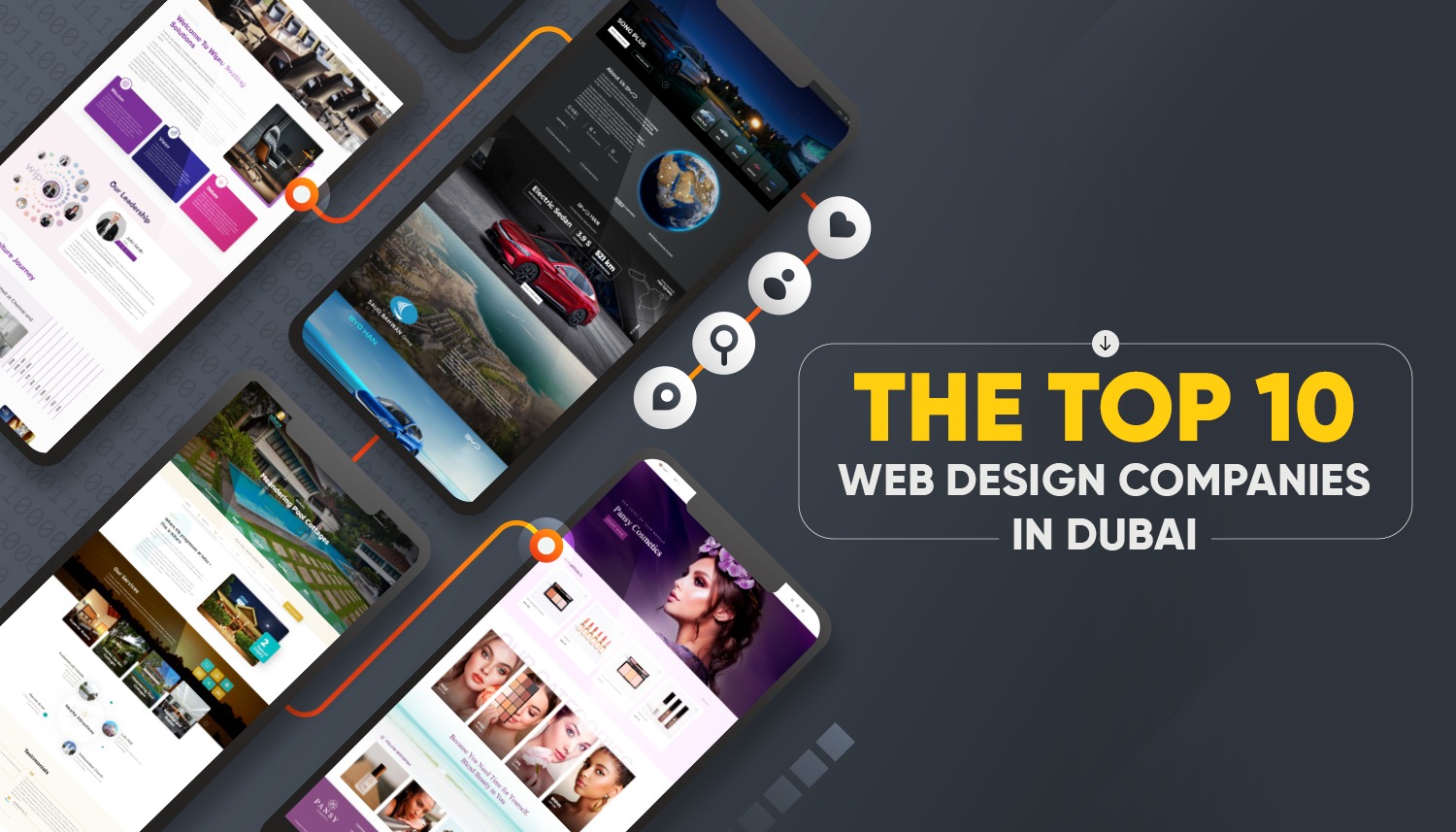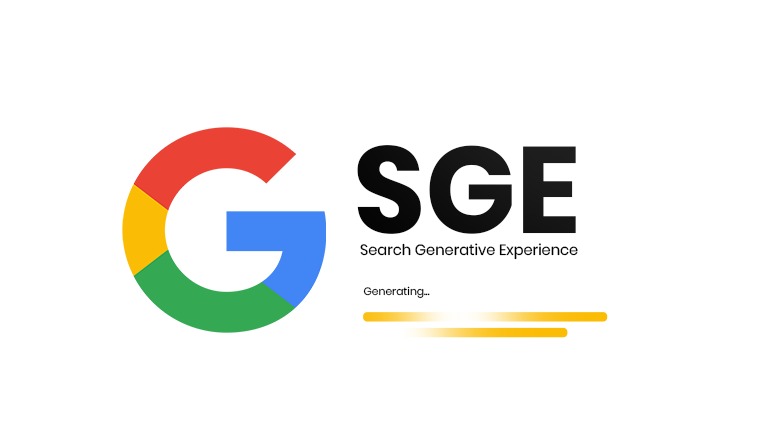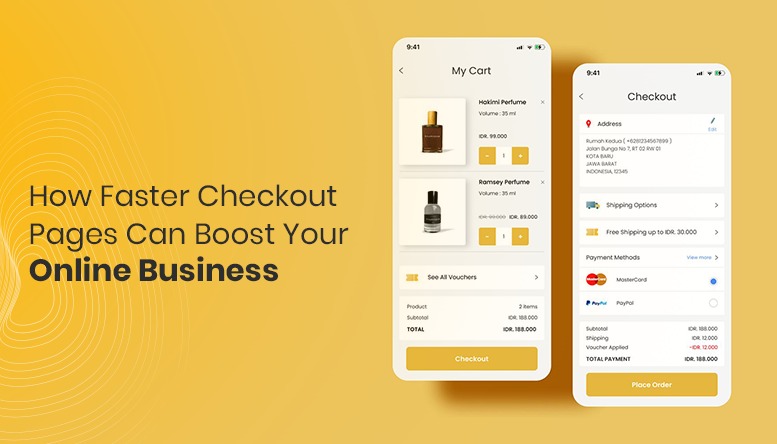How to Use Retargeting Ads to Re-Engage Potential Customers
- January 8, 2025
- Post By: ADIYA SIYAD

You might be here because your digital marketing strategies are not quite enough to boost conversions. If that’s the case then it is time to implement retargeting strategies.
In this vast digital landscape, reconnecting with potential customers is key to boosting sales and fostering brand loyalty. When visitors leave your website without making a purchase, we can remind them of what your business can offer by using a retargeting strategy.
Now you might be wondering how retargeting helps to draw potential clients back into your business. This blog is to solve such questions. In this blog, “ How to Use Retargeting Ads to Re-Engage Potential Customers” we will explain in detail how digital marketing agency Dubai like Inter Smart works on retargeting ads.
Now let’s start with breaking the basics and get to know about what is meant by retargeting ads, its purpose etc.
What Are Retargeting Ads?
Retargeting ads are often referred to as remarketing; it is one of the most aggressive forms of online advertisements that rekindle a user’s relationship with them who has at some point in time visited your website or viewed its content. Through analyzing user behavior, such as visits to a website, clicks on ads, or other engagement metrics, businesses can display tailored ads or send follow-up emails to re-engage these potential customers. It is going to remind the users already familiar with the brand and improve their chances of converting.
What Is the Purpose of Retargeting?
Retargeting is used for multiple objectives across various industries, making it an extremely flexible means of increasing engagement and bringing conversions. Here are a few common situations in which retargeting is very effective:
-
E-commerce
Cart Abandonment: Through retargeting, anyone who adds a product to their cart but didn’t checkout may be reminded, including by offering discounts or personalized offers.
Product Suggestions: Ads should include products to buy that are similar to those the customer viewed or purchased to allow for another chance at sales.
-
Travel and Hospitality
Trip Reminders: The system must remind users of who visited the destination or accommodation option for booking.
Seasonal Deals: It can incite users, using last-minute deals in packages that travel offers or booking flight and hotels.
-
Educational Institutions and Courses
Course Enrollments: Retargeting can talk to customers viewing course details who do not enroll by creating some incentives like enrollment benefits or the running of some limited time-period discount offers.
Upselling: ads push related, advance, or upgrade courses on existing users enrolled into a standard version of that course.
-
Real Estate
Property Listings: Users who viewed property listings can be retargeted with ads displaying similar or newly updated listings.
Event Promotions: Retargeting can notify users of open houses or virtual tours of properties they have expressed interest in.
-
B2B and SaaS
Lead Nurturing: Retargeting campaigns can re-engage users who downloaded whitepapers, signed up for webinars, or interacted with initial content but didn’t convert into paying customers.
Feature Updates: Businesses can target existing users to promote new features or upgrades of their product or service.
-
Healthcare and Wellness
Appointment Reminders: Ads can remind users who booked initial consultations but haven’t scheduled follow-up appointments.
Service Awareness: Highlighting wellness packages or seasonal health check-ups to users who previously browsed related services.
In each of these scenarios, retargeting makes sure businesses stay relevant to their audience while at the same time maximizing the probability of hitting specific goals like sales, bookings, or sign-ups. Here, the strategy is to push the user toward previous engagements based on levers and toward the desired action completions.
How do retargeting ads work?
Retargeting ads will reactivate the users who engaged with a brand earlier to enhance the likelihood of conversion. Effective retargeting targets users who have visited websites. Typically, retargeting ads are aimed at targeting users who visited certain pages, initiated significant actions by clicking on buttons, or even those who completed signing up. With the retargeting of users, brands present their targeted customers with highly relevant ads according to their interest. Hence, the personal experience, depending on past experiences, holds value as a past interaction of a user and thus saves interaction costs, as it maximizes the ad spend.
The most influential technique comprises profile visitors on social media and engagement-based retargeting. Here, the process is based on users who viewed the brand on their social profiles, interacted with ads or viewed videos, and also filled the form. Here, the greater the familiarity of the user with the brand, the stronger is the outcome of retargeting. So there are chances to get converted at higher rates. Businesses can leverage this familiarity to make stronger connections and more continued engagement by showing them customized ads that indicate interest in such products. Overall, retargeting ads leverage the potential of a user’s behavior to create rich and impactful marketing experiences.
Campaign Types
Retargeting campaigns come in a variety of different forms of types. Depending upon various platforms and how users react, here are the most common forms of categories
Display Retargeting
Display retargeting is displaying banner ads in front of the users who earlier visited a site or engaged with its content. These ads are shown across websites in the display network that remind users about the brand, rekindling their interest again. This can be ideal to increase brand recall as it prompts users to go back and make an action in the form of completing a purchase or exploring more of the content.
Search Retargeting (RLSA)
Remarketing Lists for Search Ads (RLSA) targets users who have already interacted with a website when they search for related terms on search engines. This method capitalizes on high-intent audiences—those actively seeking solutions or products similar to what the business offers. Brands can therefore strategically bid for these searches and position themselves as one of the top choices among their potential customers.
Email retargeting
Email retargeting involves targeting users with personal emails based on what they did earlier. For example, a business can remind a user of the abandoned cart or exclusive offers in the products to which he/she had shown interest.This is a direct and personalized approach to customer relationships and conversion.
Social media retargeting
Social media helps to build the possibility of very targeted retargeting campaigns, allowing brands to reconnect with users based on compelling content developed around past behaviors, including those of people who abandoned shopping carts or visited a brand’s page. The lookalike feature allows businesses access to new persons with similar interests or behaviors, giving another strength to making social media retargeting both effective and scalable.
Since there are many campaign types, each type plays a different role to reconnect with the users and produce results.
How to Launch a Powerfully Effective Retargeting Ads Campaign

The launch of a highly effective retargeting campaign requires extremely strategic planning and bright execution. Start telling your campaign objective and the type of audience you would like to retarget. You may, therefore, think about users who abandoned their shopping cart, viewed specific pages, or have engaged with your ad.
Meta pixels on Meta platforms track actions people take on your website. With this tool, you can create custom audiences from website visitors, social media interactions, or ad engagements. For Google campaigns, use the Google Ads Tag in conjunction with Analytics to track user behavior and create highly specific custom audiences.
Design tailored ads with messaging that resonates with your audience’s previous interactions. For example, in e-commerce, you might highlight abandoned items with a discount offer or complementary product recommendations.
Regularly monitor your campaign’s performance metrics, such as click-through rates and conversions. Use these insights to refine your targeting, adjust ad creatives, and optimize for better engagement and results.
Encourage reviews, testimonials, and forum discussions on your website. For instance, e-commerce platforms like Amazon thrive on user-generated reviews to boost trust.
Optimize Your retargeting ads Content
Well, it’s not right to just leave and forget about it! We have to make sure that the ads are optimized for a successful campaign forward.
Let’s check the factors to keep in mind while optimizing the retargeting ads.
- Use Visually Appealing Images: Add high-quality images which shall capture the audience’s attention, reflecting your brand identity.
- Attractive Headline: Create a headline that sparks curiosity and interest among your audience.
- Eye-catching Media: Incorporate multimedia elements such as videos or animations that could increase the interaction with the user.
- Catchy Copy: Keep it short and absolutely clear; don’t say anything that is going to swamp the reader.
- A call to action click-worthy: There is a good reason to place a compelling CTA that invites the user to do something- either make a purchase, subscribe, or see more content.
These combine to form interesting ads that maximize conversions.
Benefits of Retargeting
- Brand Recall: Recapture the mind of users who have previously engaged with your site or advertisements.
- Higher Conversions: Engage warm leads for higher conversion of users in making purchases or signing up.
- Low-Cost Advertising: Targets people familiar with your brand, reducing dead-end ad spends.
- Personalized Marketing: Serve ads based on relevant user behavior to increase engagement and relevance.
- Better Return on Investment: Converts users who were already interested, increasing ROIs.
- Scalable Campaigns: Works seamlessly with multiple platforms such as Google, Meta, and all of social media.
The above mentioned are some of the benefits while using retargeting ads. Inter Smart employs strategic approaches to help clients attract and retain customers. For instance, with Uniwood, an interior design company, our experts analyze post engagement across platforms like Facebook and Instagram. We identify potential customers, such as those who viewed 50% of a video or initiated a lead form but didn’t complete it. By using retargeting ads, we re-engage them with special offers, festival deals, and personalized campaigns. These are just some of the ways we use retargeting ads to help businesses connect with their audience and drive meaningful results.
Retargeting is undoubtedly a unique way to reconnect with potential customers, reminding them of what caught their eye and showing it’s still there for them to explore. When done properly, it’s more than marketing—it’s about building lasting connections. Inter Smart excels in this, offering top-notch digital marketing services Dubai. If your business needs support, our experts are ready to assist you. All you have to do is to just connect with us!
Get A Call back from Our Expert
Need tailored guidance or have specific questions? Simply request a callback, and one of our knowledgeable experts will reach out to you at a time that suits your schedule.
Marketing
Services





